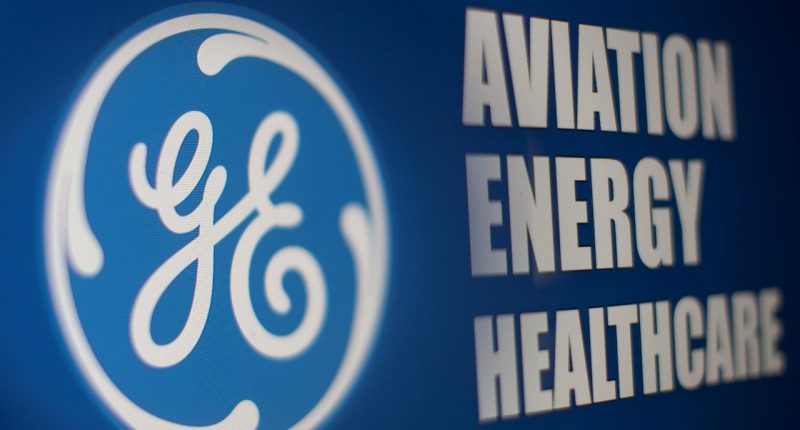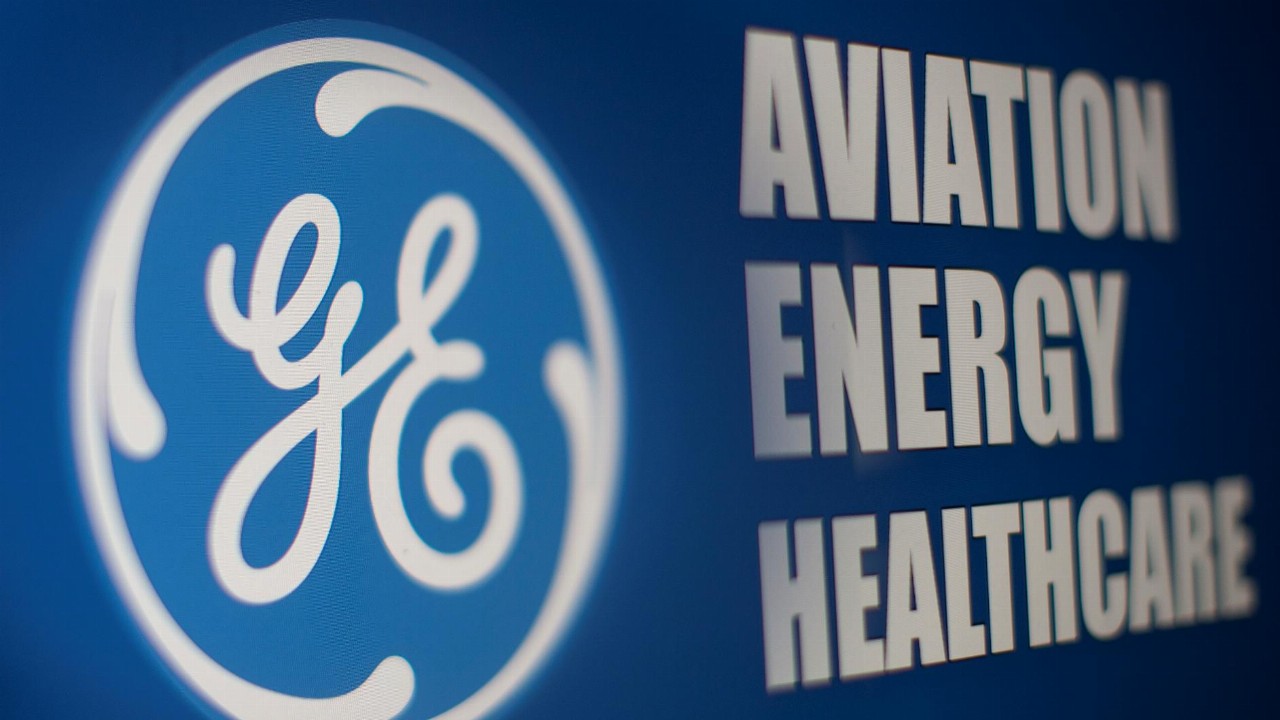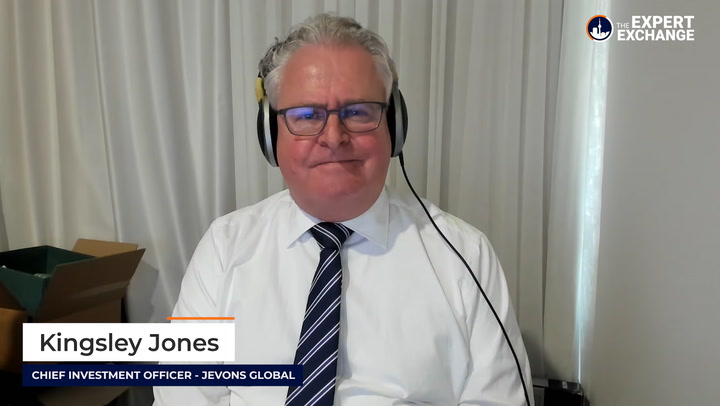- General Electric Co (GE), one of the oldest and most influential industrial conglomerates in the United States, announced today it will split into three separate public entities
- The three new businesses will each have one core focus: aviation, healthcare, and energy
- The move comes under CEO Larry Culp to help simplify the GE business model, reduce company debt, and get back to its pre-GFC glory days
- GE will first spin off its healthcare entity in 2023, with the renewable energy and power business to follow in early 2024; the remaining company will be focussed on aviation
- Following the announcement of the split, GE shares gained 2.65 per cent to close at US$111.29 (A$151) on the New York Stock Exchange
General Electric Co (GE), one of the oldest and most influential industrial conglomerates in the United States, announced today it will split into three separate public entities.
The move marks the end of the 129-year-old conglomerate, partly founded by Thomas Edison back in 1892.
On the back of a dwindling share price and waning influence on the US stock market over the past few decades, GE said it hoped by simplifying its business structure and splitting into three public companies it would bring fresh value to shareholders.
The three new companies will each focus on one key area: aviation, healthcare, and energy.
GE will first spin-off its healthcare entity in 2023, with the renewable energy and power business to follow in early 2024. The remaining company will be focussed on aviation.
The split comes under GE Chief Larry Culp, who was appointed to the head position in October 2018 to help restore the company to its former glory.
Mr Culp said in a media statement this week each of the separate public companies will be able to benefit from greater focus, tailored capital allocation, and strategic flexibility to drive growth and value for stakeholders.
“We have a responsibility to move with speed to shape the future of flight, deliver precision health, and lead the energy transition,” Mr Culp said.
“The momentum we have built puts us in a position of strength to take this exciting next step in GE’s transformation and realise the full potential of each of our businesses.”
He said the company would continue to focus on reducing debt, improving operational performance, and strategically deploying capital to bring about sustainable and profitable growth.
“We are putting our technology expertise, leadership, and global reach to work to better serve our customers.”
Mr Culp has spent the past three years selling off non-core assets and simplifying the GE business model, with the company on track to have reduced debt by more than US$75 billion (A$102 billion) by the end of 2021.
Once the split is complete, Mr Culp will stay on as CEO of the GE aviation-focussed company, with Peter Arduini to lead the healthcare business and Scott Strazik the energy business.
GE’s fall from grace?
To be clear, with a US$122 billion (A$166 billion) market cap and long history of success, GE is certainly still one of the most formidable companies in the States.
However, much of the concern around the business comes from the company’s share price decline over the past two decades.
GE shares topped US$465 in 2000. By 2010 — and in the aftermath of the Global Financial Crisis (GFC) — shares were under US$150 (A$203). While they posted a slight recovery to briefly touch over US$250 (A$400) in 2016, shares in GE have since declined once more and have traded for under US$120 (A$163) since May 2018.
The company’s revenue for 2020 came in just under US$80 million ($A108.7 billion). This is well below the company’s 2008 revenue of over US$180 billion (A$244.6 billion).
In light of all this, the three-way split is the boldest move from Mr Culp to help the company get back to its pre-GFC glory days.
Following the announcement of the split, GE shares gained 2.65 per cent to close at US$111.29 (A$151) on the New York Stock Exchange.








